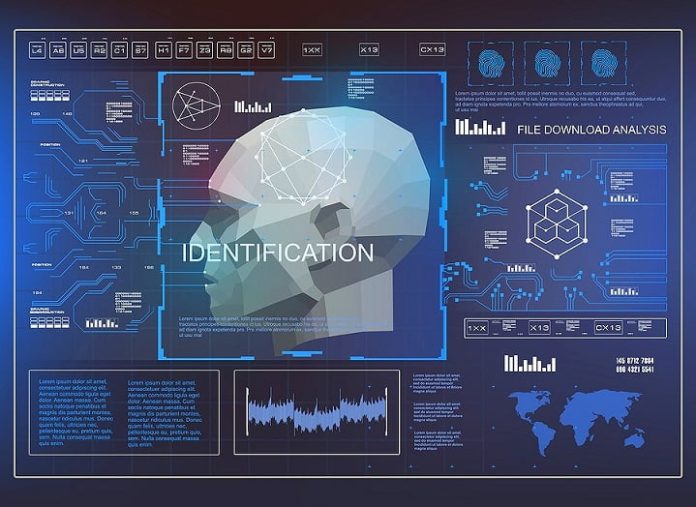Advancement of artificial intelligence (AI) technology will bring about unprecedented opportunities, as well as new responsibilities, writes Jordan Cullis of Milestone Systems*.
A GLOBAL Accenture survey released recently suggested that 82 percent of Australian executives believe that within the next 2 years, AI will work next to humans in their organisations. Accenture also predicts that by 2022, firms that adopt AI can boost revenues by up to 38 per cent.
Cutting-edge technologies that rely on AI, such as Facial Recognition (FR), are now making their way into some of the world’s more advanced nations, but there are layers of resistance that hold many organisations and government agencies back. In Australia and New Zealand, adoption is lagging behind some of our neighbours in the region, which seems odd since we tend to be ahead in cloud and big data adoption, as well as AI in general.
FR technology has been identified by Singapore as a key pillar of the country’s plans to become the world’s first smart nation, and a Bill to set up the federal government’s biometric identity system is currently going through Parliament in Australia. Sydney airport is currently rolling out what airport planning project manager Lisa Airth calls the “fast passenger processing project”, which will enhance the existing passport control solution to speed up travel times.
FR works by examining physical features of a person’s face such as distance between the eyes, width of the nose and depth of the eye sockets. Cameras and computers combine to detect faces and then analyse a database of faces which have already been captured to find a match.
Persons of interest can be identified from among literally thousands of citizens, making police work faster and more efficient, and ultimately increasing public safety.
Despite the many benefits of FR technology, few organisations are using it yet. So why aren’t people embracing the potential benefits of FR and what are their concerns?
1. Privacy
Privacy is a major concern, with Australia’s Human Rights Law Centre recently declaring that Australia’s law was far from ready to handle FR responsibly. In China, a recent survey found that 3 out of 4 people are worried about the threat that artificial intelligence (AI) poses to their privacy, challenging the popular notion that the Chinese care little about giving up personal data. Concerns focus on how FR data is stored and used, and who can have access to it.
The onus is on those companies who want to benefit from FR to demonstrate effective and secure video storage and management against fraudulent and irresponsible activities. On the other hand, businesses need to ensure a highly secured authentication and verification system throughout their ecosystem.
2. Reliability of the technology
The inclusion of facial recognition as a security feature in the latest generation of smartphones has brought awareness of how far the technology has come into the mainstream. Facial recognition technology has become much more powerful with the latest generation of processors and GPU offloading. Coupled with Artificial Intelligence and Machine Learning, commercial-grade FR is able to demonstrate 99.9 percent facial recognition accuracy, compared to the previous generation of systems which had a rate of 95 percent.
Such percentage points make a whole lot of difference when it comes to minimising security breaches. To go a step further, security validation can be strengthened by combining FR with other forms of biometric security, such as fingerprinting. Such reliability means FR will eventually be deployed as the de facto security measure for governments and businesses.
However, there is still room for improvement with several high-profile failures in recent times. British police recently had to admit that their solution had failed at various sporting events, falsely identifying 2297 out of 2470 football fans as persons of interest. Once issues like this are ironed out of FR deployments, organisations will look to FR to free up manpower, redirecting their resources to more complex and high-level security issues.
3. Lack of education
According to research firm IDC, spending on AI systems, such as facial recognition, in the Asia Pacific (APAC) region (excluding Japan) is expected to reach $4.6bn in 2021, with a compound annual growth rate (CAGR) of 72.9% between 2016 and 2021.
Lack of education is often cited as a reason behind slow AI adoption, with many organisations unaware of the ‘value-add’ potential of the technology. Most often, video is still only seen as a necessary business cost, rather than a tool which can help businesses drive growth in areas such as automatic payments, heat-mapping in retail settings and demographic profiling.
It is imperative for video technology solution providers to work with governments and business groups to increase awareness of video technology’s various benefits. As this recognition continues to develop in APAC, businesses can consider FR as a means of driving organisational change, while the general population can expect better services, more convenience and higher safety. With ANZ is still ranking ahead of the regional growth curve for big data and AI adoption, it is very likely that we will see significant growth in FR over the next few years.
Jordan Cullis, country manager, South Pacific, Milestone Systems, writes ahead of the 2018 ASIAL Security Exhibition and Conference. Pre-register here and don’t miss the latest security technologies!












